A Glimpse Into the Shattered Lives of Some Boston Marathon Bombing Survivors
"Marathon: The Patriots Day Bombing" starkly shows that, while convicted bomber Dzhokhar Tsarnaev languishes in prison, victims who lost limbs in the 2013 attack still struggle to cope with their brutally altered existence.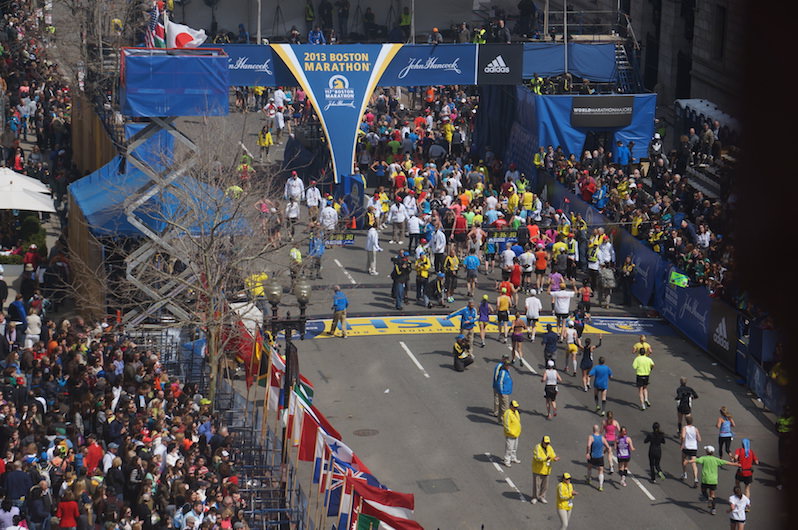
The site of the first bomb blast at the 2013 Boston Marathon finish line, 54 minutes before the explosion. (WikiMedia)
HBO has a sobering new documentary, “Marathon: The Patriots Day Bombing,” about the survivors of the 2013 Boston Marathon attack.
Bostonians gathered for the race on Patriots Day — April 15 that year — as they have since its first running in 1897. At roughly 2:40 p.m., Tamerlan Tsarnaev placed a backpack containing a bomb near a lamppost surrounded by the crowd at the finish line. Seconds after it detonated, another bomb, placed by his younger brother, Dzhokhar, exploded 210 yards away. When the smoke cleared, three were dead, including an 8-year-old boy, and roughly 264 were injured.
The country watched breathlessly as the two brothers went on the lam, killing a security guard at the Massachusetts Institute of Technology three days later, then carjacking a civilian in the city’s Allston-Brighton area before engaging police in a shootout a day later. Tamerlan was killed, but Dzhokhar escaped and was later found, wounded and exhausted, hiding in a boat in a suburban driveway. He was taken into custody.
Condolences came in from around the world, with Republicans like New Hampshire Rep. Stella Tremblay calling the bombings “ ‘terrorist’ attacks by our own Government,” prompting outrage on both sides of the aisle, while President Barack Obama called the attack “a heinous and cowardly act.” But soon enough, the cameras turned away from Boston and the tragedy became yesterday’s news. For the people who lived through it, though, the pain remains, often as raw as on the day of the bombings.
“We realized the survivors don’t want stories about the perpetrators of these crimes,” Ricki Stern told Truthdig about her research for the film, which she co-directed with Anne Sundberg. “We remember the names of people who have committed the most heinous acts, but we don’t remember the names of the victims or survivors.”
That’s why their movie pays homage to people like Celeste Corcoran, who lost both her legs and is shown in a massive pool of blood moments after one of the blasts. Her husband, Kevin, used belts to tie off the wounds and stem the bleeding, probably saving her life. Daughter Sydney, whose femoral artery was severed, nearly lost her foot.
Newlyweds Jessica Kensky and Patrick Downes, both avid runners from Cambridge, lost their left legs in the blast, and Kensky later decided to have her right leg removed when it wouldn’t heal properly. Brothers J.P. and Paul Norden, who both lost a leg, are two more among the roughly 16 who lost limbs in the tragedy.
“Looking at the Corcorans, for example, you think they’ll all recover at the same rate, and overall, it will get better by degrees,” said Stern about the myriad forms recovery takes. “It’s not an even, slow-paced climb out of it. It’s almost like you’re changed forever, and the scar tissue can be almost as painful as it was that first day — I mean emotionally.”
In pictures of Downes and Kensky before the blast, we see a bright, optimistic couple at a transformative moment in their young lives. The aftermath provides a different perspective, their optimism blunted as Downes becomes an outpatient at Walter Reed Army Medical Center in Bethesda, Md., where he meets war veterans and develops a broader perspective on his plight. (Earlier this year, he triumphantly returned to run the marathon on a prosthetic leg.) Meanwhile, Kensky struggles with the agonizing decision whether to have her remaining leg removed.
“It wasn’t like they crossed over and were in a happy place. We could really see the struggle in their story,” recalled Stern. As for the Norden brothers, J.P. declines to talk about the event. He has since married and has begun his own construction company, which keeps him so busy that he didn’t bother to attend Dzhokhar Tsarnaev’s trial. “He’s moving on with himself. His mother, on the other hand, still looks at the video and is still obsessed and still wants to try to understand it. And she wasn’t even there.”
During the trial, Tsarnaev’s attorney, Judy Clarke, argued that her client was a victim of his older brother, who she said masterminded the plan as retribution for U.S. wars in Iraq and Afghanistan. But the jury wasn’t convinced, and on June 24, 2015, Tsarnaev was sentenced to death by lethal injection.
“What happened with the death penalty in the handful of survivor stories that we told was that it was very split,” said Stern, who was happily surprised to see that the divisions among them did not override their support for one another. “Even Celeste Corcoran, who never supported the death penalty, felt in this case that he did deserve it.”
Tsarnaev remains on death row, although legal experts doubt his sentence will ever be carried out, considering that only three people have been executed under federal death penalty law since it was reinstated in 1988.
“This was not a cell that had been masterminded in a foreign country and brought over. This was an American family,” Stern said of the Tsarnaev brothers, who were born in Kyrgyzstan but raised in the U.S. since the age of 8. “We all like to think this is a lot more complicated than people who have studied this case for a long time would say it is, which is that disgruntled individuals came looking for a cause and turned that cause into their reason for being. It was homegrown, and it could happen again.”
Independent journalism is under threat and overshadowed by heavily funded mainstream media.
You can help level the playing field. Become a member.
Your tax-deductible contribution keeps us digging beneath the headlines to give you thought-provoking, investigative reporting and analysis that unearths what's really happening- without compromise.
Give today to support our courageous, independent journalists.
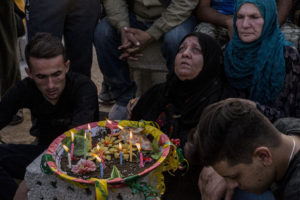
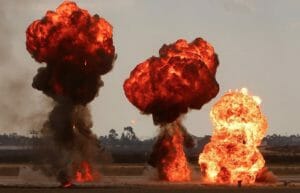
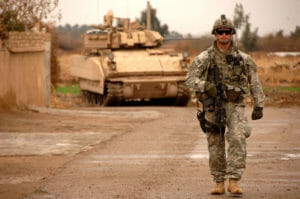
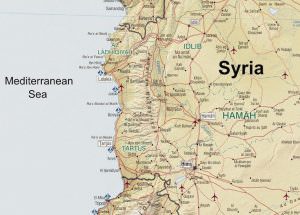
You need to be a supporter to comment.
There are currently no responses to this article.
Be the first to respond.